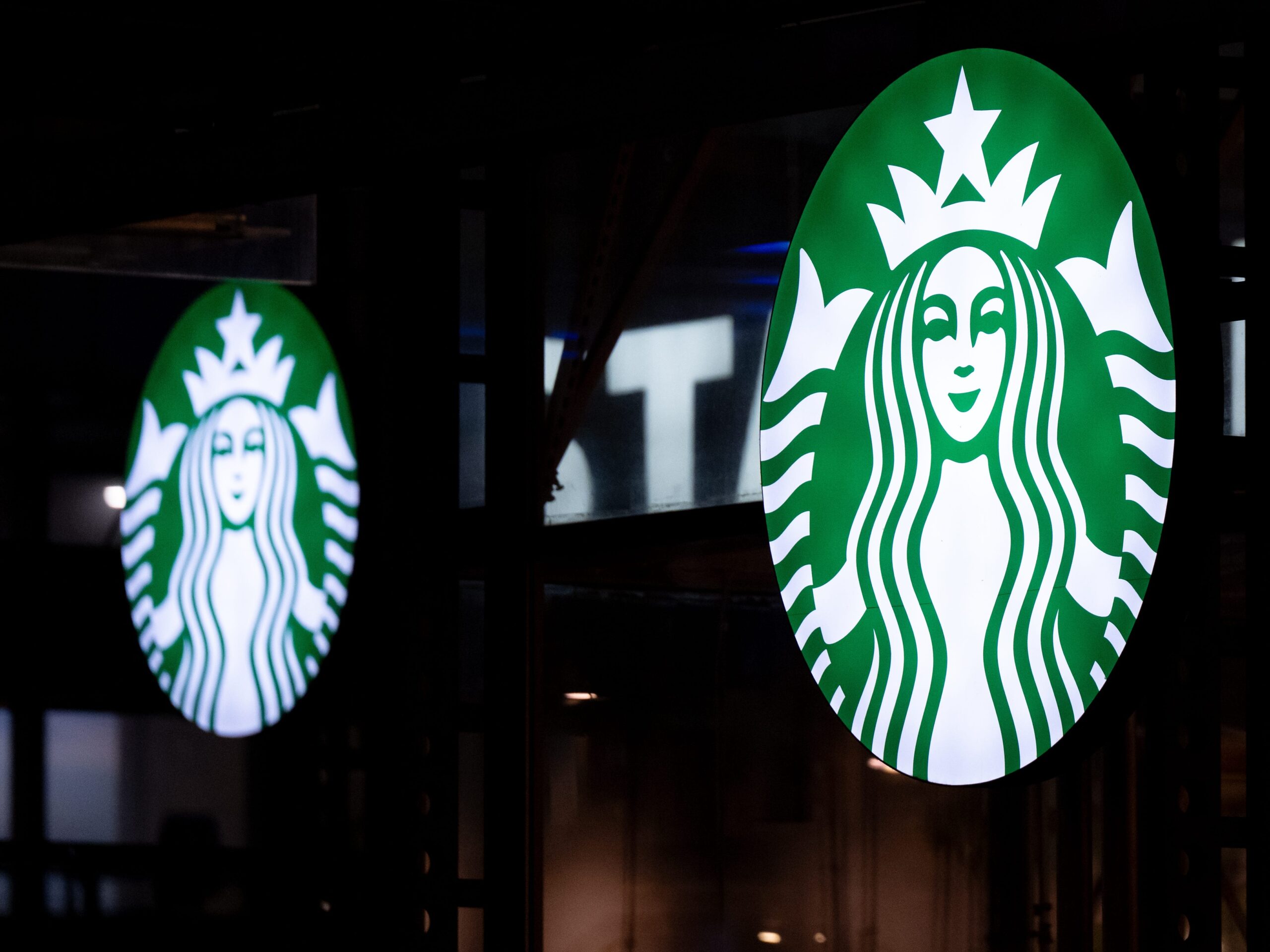UPDATE: Starbucks CEO Brian Niccol has just announced a controversial increase in the company’s return-to-office (RTO) mandate, now requiring corporate employees to work in-office four days a week instead of three. This decision has ignited significant protests among Starbucks corporate workers, who fear the shift could erode the company’s cherished culture.
On Monday, Niccol mandated the RTO change, stating it aims to enhance Starbucks’ workplace culture. However, employees express deep concern that this move contradicts the company’s longstanding commitment to a “partner-first” ethos. One flyer, created by a group named “Partners for the Preservation of Starbucks Culture, Mission, and Values,” was recently posted in elevators at the Seattle corporate offices, criticizing Niccol’s leadership and the new in-office requirements.
The flyer reads:
“Getting ‘Back to Starbucks’ isn’t just about comfy chairs. It’s about our Culture, Values, Mission, and how we treat people and the environment. This is the wrong direction. Please stop.”
Employees are also reacting to other measures, including the elimination of remote work for certain “people leaders,” forcing them to relocate to Seattle or Toronto. Internal communications reveal that Starbucks is offering voluntary buyout packages ranging from $20,000 to $100,000 based on job title for those who would prefer to leave the organization.
Concerns are mounting as some employees, like program manager Kristina Lawson, contemplate their future with the company. Lawson shared on LinkedIn, “As Starbucks chooses to require all people-leaders to relocate to Seattle, I am placed in a position where I must consider exploring other opportunities.”
The backlash follows a history of turmoil within the company, including 1,100 layoffs earlier this year. These recent RTO changes have prompted some workers to start seeking new job opportunities, while others voice their frustrations on social media, amplifying the dissent.
Corporate America is witnessing a wave of return-to-office mandates from major companies. Starbucks is not alone; competitors like Amazon and Zoom have also implemented various RTO strategies, some rewarding compliance with perks while others threaten termination for noncompliance. Critics argue that stringent RTO policies may serve as a strategy to push employees out without the costs associated with traditional layoffs, allowing companies to sidestep severance and health insurance obligations.
In a statement, Niccol emphasized the need for in-person collaboration:
“We do our best work when we’re together. We share ideas more effectively, creatively solve hard problems, and move much faster.”
He acknowledged that while the company is undergoing a significant cultural shift, it remains committed to its core values.
Niccol, who joined Starbucks from Chipotle in September 2022, is at the helm of the “Back to Starbucks” initiative, which aims to revitalize the brand amid declining sales and operational challenges. A recent SEC filing indicated that top executives could receive up to $6 million in stock bonuses if the company meets its cost-reduction targets by the end of fiscal 2027.
The situation is developing rapidly, and Starbucks employees continue to express their dissatisfaction. As protests emerge and discussions of workplace culture intensify, many are left wondering what the future holds for the company and its workforce.
As this story unfolds, Starbucks employees and corporate leaders alike are watching closely. For those within the company, the stakes are high as they navigate the challenges posed by these new mandates and the potential impact on their careers and workplace culture.
